Sony FE 24mm F2.8 G Review
Dustin Abbott
July 2nd, 2021
Lost in the midst of the high profile releases of the 35mm F1.4 G Master (my review here), the Sony FE 14mm F1.8 (my review here), and the yet untested (by me!) Sony FE 50mm F1.2 GM is a trio of compact, smaller aperture prime lenses by Sony. The Sony FE 24mm F2.8 G, FE 40mm F2.5 G, and FE 50mm F2.8 G lenses are all very nicely built, fully featured, optically sound little prime lenses with smaller than typical maximum apertures. Each of them retails for roughly $600 USD, which, while not cheap, is considerably less expensive than the larger, heavier, more expensive large aperture alternatives. In many ways these lenses most resemble the Sigma iSeries in both design and function. That’s particularly true of the FE 24mm F2.8G, which is a highly similar lens to the Sigma 24mm F3.5 DN that I reviewed earlier in 2021. The two lenses have a similar build, size, and feature set, with the Sigma costing about $50 less. In fact, in the past couple of years there have been a number of compact 24mm lenses that have been released at varying price points and aperture sizes, including the Tamron 24mm F2.8 OSD (my review here) and the Samyang AF 24mm F1.8 (my review here). I’ll try to make at least some reference to each of these lenses as a part of my review. *The tests and most of the photos that I share as a part of my review cycle of the 24G (as we’ll call it for brevity) have been done with the new Sony Alpha 1 which will serve as my benchmark camera for the foreseeable future (my review here).
I’ve praised Sigma and their iSeries for the recognition that not everyone wants massive, large-aperture prime lenses. Many people initially transitioned to mirrorless cameras because they liked the concept of having smaller, lighter gear that continued to deliver exceptional image quality, and in the early years of transitioning to bigger sensor full frame mirrorless cameras that compactness was often lost. There has been a “Renaissance of compactness” recently, though, and while companies continue to produce the larger, more expensive professional grade lenses, many of them have also begun to supplement those options with smaller and lighter alternatives. It used to be that the market was bifurcated between “professional” (large, heavy, expensive, but with features) and “consumer grade” (smaller, lighter, smaller apertures, but cheaply made and without features). Lensmakers have finally figured out that many people want smaller lenses that are still premium in terms of performance and features. That is the case here, as the 24G, while very small, is also feature rich and has a beautiful construction.
There’s no question that lenses like this one are very welcome, but, as noted, Sony is ironically fairly late to their own party. There are a fair number of viable alternatives to the 24G, all of which are less expensive and several of which have their own unique advantages. This is a lens that needs to validate itself by its merits, so join me in exploring whether or not that is the case. To discover more, read on here or you can watch either my long format definitive review or shorter standard video reviews below.
Follow Me @ Patreon | My Newsletter | Instagram | Facebook | DA Merchandise | Flickr | 500px
Thanks to Camera Canada for getting me a loaner of the lens. They are my personal source for my gear and have been great to work with. As always, this is a completely independent review.
Sony 24G Build, Handling, and Features
Sony has followed a pattern that I’ve seen with a number of lensmakers over the past few years in that they have released a group/series of lenses with obvious design sharing as opposed to individual lens releases. Tamron did the same with their 20mm, 24mm, and 35mm F2.8 OSD primes in late 2019. This enables a company to fill out their catalog somewhat inexpensively, as there is a lot of shared engineering and design elements along with shared tooling for the manufacturing of the lens. These are relatively inexpensive lenses, but I suspect the profit margin is a little better for Sony on them due to saved development and manufacturing costs. It’s a smart move, really, and the only downsides that I can see are 1) each individual lens gets less “splash” at introduction as it shares the limelight with other lenses (though that is only a factor at introduction, as buyers later on won’t really know the difference) and 2) it can lead to some minor design compromises. In this case, the 40mm and 50mm F2.5 lenses end up with a slightly unusual maximum aperture (F2.5) that is the compromise to getting quality optics at those focal lengths into very small bodies. The upside, though, is that these are all really, really nicely made lenses that have premium metal housings but are also extremely compact. The shared design DNA is very obvious across all three lenses.
The 40G and 50G lenses are essentially identical in their external dimensions. They are both 68mm (D) x 45mm (L) (2.7 x 1.8″) and are only one gram difference in weight (173g for the 40mm and 174g for the 50mm). Their lens profile is identical, too, up to and including the unique hood/filter adapter (you need the hood in place to use filters). The 24G has a unique (and more traditional) lens hood along with more typical filter threads (all three use 49mm filters, however), and as a byproduct has the most traditional look. If you remove the lens hoods, however, the three lenses are identical in profile and external dimensions (see photo above). The 24G is the lightweight of the group, however, weighing in at a svelte 162g. That’s pretty unbelievable considering how nice the build of the lens is, as that manages to undercut all the competing tiny lenses by a fair margin. Here’s how the 24G stacks up against the competitors.
The tiny elephant in the room is going to be Samyang’s 24mm F1.8 AF lens, however, as it has a much larger maximum aperture than any of these lenses, and, while it is a bit longer (71.5mm), it is still extremely compact and light at only 230g. The build quality isn’t as high as the new Sony G primes, but it is fairly feature rich with weather sealing, a focus hold button, and a unique approach to the focus ring that allows it to also be used as an aperture ring. It also undercuts the Sony’s price by $100. The Tamron 24mm also has a claim to fame, as while it has the poorest autofocus motor of the group, it also has a much lower price ($200 USD) and has the unique feature of being a 1:2 (0.50x) “macro” lens. The Sigma 24mm F3.5 is an excellent lens with a build rivaling the Sony’s along with also having a very high magnification figure of 1:2), but it comes with a slower maximum aperture, weighs more, and only offers savings of $50. Bottom line is that the decision between these four lenses is going to be a little complicated.
Less complicated, however, is a discussion of the build quality of this little prime lens, as in many ways it simply strikes me as a compact G Master lens. It not only has that lovely metal housing but also a thorough degree of weather sealing, beginning with a gasket at the lens mount and internal seals at the rings, switches, and front of the barrel. I count ten different seal points, which is a very impressive amount in such a compact lens.
This is a more thorough degree of weather sealing than any of the alternative lenses and most notably the Sigma, which seems to only be sealed at the lens gasket.
Also impressive is the number of features and options packed into this little lens. There is an aperture ring, which, like the GM lenses, allows for one to either have a “clicked” aperture ring with traditional detents at one third stops or a “declicked” smooth aperture by using a switch on the right side of the barrel. You can also put the lens into automatic mode on the ring and control aperture from within the camera.
The lens also has an AF/MF switch on the left side of the barrel along with Sony’s “Focus Hold” button that can be programmed to different functions from within the camera. All of these controls are miniaturized to fit into the compact dimensions of the lens.
The downside of this miniaturization is the the controls are little harder to find and operate by feel, and also means that the aperture and focus rings are very close together. You’ll have to be careful to make sure you are moving only the desired ring, which will be hard to do by feel in cold weather when wearing gloves. I also found the AF/MF switch a little hard to operate even with bare fingers due to its small size and flush mounting, so that tells me that these buttons and switches will be very tough to operate with gloves on.
The focus ring itself is located near the front of the lens, and, like the aperture ring, is made of metal with nicely defined ribs. Both rings protrude a bit from the lens barrel, so, like the Sigma iSeries, I’m reminded of cine lenses that are designed for gearing. The quality of focus is very positive, with smooth, linear rotation and a consistent feel. Damping is fairly light, but there’s enough resistance to make for a smooth experience.
The lens hood here is a bayonet style lightweight metal hood with the same black anodized finish as the lens barrel. It fights tightly and looks good. Unlike the 40G and 50G, the lens hood does reverse for storage if desired, though the lens is compact enough that leaving the lens hood fixed in place is a perfectly valid way to store the lens. I did note that the 49mm pinch cap shared with the other two lenses fits more loosely on the 24mm lens. The lens cap sinks in flush with the filter threads in a unique way, but it seems to stay secure enough.
There are seven aperture blades in the aperture iris, and while wide angle lenses will rarely give you an opportunity to produce much bokeh with the lens stopped down. While I think the quality of the bokeh is pretty good from the lens (more on that in the image quality section), the aperture iris does not retain a round shape for long. Even by F4 the straight edges of the aperture iris blades become visible.
The Sony 24G is the weakest of our group in terms of close up performance. It has a minimum focus distance of 24cm (9.4″), which pales compared to the 10.4cm of the Sigma or nearly 12cm of the Tamron, and even lags significantly behind the 19cm of the Samyang. This results in the lowest magnification of the group with only a 0.13x magnification. Up close performance is decently good, but the amount of magnification is not exceptional. You can get a little more magnification if you manually focus, as I’ve done here, where you can get as close as 18cm. This bumps magnification up to somewhere closer to 0.18x.
Though we’ve ended with a few relative negatives, the sum total of the build, features, and handling is actually extremely positive.
This is a beautifully made little lens and handles very nicely. It’s much like an autofocusing Zeiss Loxia lens – small yet premium.
Sony 24mm F2.8 G Autofocus and Video Performance
Sony has developed a winning autofocus formula in their lenses over the past few year lenses by utilizing Linear Motors. They evaluate the amount of torque needed to drive the focusing element(s) and then calculate the number of linear motors needed for fast, quiet focus. A smaller lens like this ended up getting dual linear motors (I was actually surprised that there was more than one), which are typically situated on either side of the focusing element or element group and move the focusing elements back and forth with great speed.
Autofocus here is fast, smooth, and silent in operation for either stills or video. When I did my focus pull video test, I couldn’t hear anything at all from the focus motors, and focus pulls were quick and confident. No problems at all!
I was also happy for stills. I could get down low and track Loki moving around and get nicely focused results like this:
Likewise I got close to these wildflowers growing near a chain link fence and got crisp focus on my subject:
The 24G also focused well at smaller apertures, which can be equally important.
And yes, it does help that I’m using an exceptionally good camera to test focus on (Sony Alpha 1), but here’s one on a much more affordable Sony a6600:
All told, autofocus is a real strength for this lens. The Sigma and Samyang lenses are also very good in AF, but I would slightly favor the native Sony lens for greater reliability in a wide variety of situations. I’m not sure I saw much of a difference, but on an instinctive level I feel slightly more inclined to trust the first party Sony lens.
Sony 24G Optical Performance
The Sony 24mm F2.8 G utilizes a relatively simple 8 element in 7 group optical formula. It’s the only one of the group of lenses we’ve looked at with single digit elements. Half of these elements are special elements, including three aspherical lenses along with one ED (extra-low dispersion) element. MTF charts hint at a very strong optical performance with great center and midframe performance and very good corner performance, though with only slight improvement when stopped down.
This suggests a very strong real world performance, and that is what we’ll find:
I was frankly very surprised by my results when I tested vignette and distortion, mostly because the 24G benefits from getting excellent first party profile support. I fully expected distortion and vignette to be fairly well controlled, and was surprised to find some serious ugliness hiding behind the profile. When I unclicked the automatic profile support, here is what I found:
Ouch! That distortion is massive, reminding me of the Tamron 20mm F2.8 OSD lens. Both needed around a +43 in the distortion slider to correct the massive barrel distortion, and both have a bit of complexity to the pattern, which leads to an imperfect manual correction (which is what is shown above). The correction profile does a cleaner job of correcting it, but this is among the most extreme barrel distortion I’ve seen on a prime lens. Vignette is heavy as well, requiring a +73 to correct for the vignette with the midpoint slid all the way to zero. That’s around three stops of vignette in the corner, which again is surprising considering that the maximum aperture here isn’t particularly large.
Again, Sony’s correction profiles do a good job of covering for the optical shortcomings of the 24G, but this is clearly a lens designed with electronic correction as a part of process. The Sony has one advantage the Tamron didn’t, however, and that was better first party profile support, which is more seamless and does a better job of covering up the optical flaws. This probably won’t be a real world issue for most photographers because of that.
Lateral chromatic aberrations are well controlled, with little evidence of fringing in black to white transitions near the edge of the frame.
There is a small amount of longitudinal chromatic aberrations on either side of the plane of focus, but not enough to provide any real world issues.
Low amounts of chromatic aberrations often translate into good contrast, so let’s take a look at contrast and resolution. Here’s my test chart that crops and comparisons will be taken from. My test photos are at 50MP.
We’ll start with crops from across the frame (center, midframe, and extreme corner).
As suggested by the MTF results, everything looks very good here. There’s great detail in the center and midframe, with only a minor drop-off in the corners. That’s a great performance that is backed up by real world sharpness:
But, as the MTF charts also suggest, there really isn’t a lot of extra sharpness to be had as you stop down. I shot the same scene from above at F5.6 as well, and, as you can see, you have to look very closely to see any improvement. There’s a bit of additional contrast that helps with textures, but that’s about it.
That’s not necessarily a criticism, as what it really means is that most all of the resolution and contrast is on tap right from F2.8 on, but the lens also doesn’t necessarily have an “extra gear” when stopped down. The biggest challenge for the Sony’s performance is how ridiculously good the cheaper Samyang is (that happens to have a larger maximum aperture). The Samyang AF 24mm F1.8 is almost as sharp at F1.8 as the Sony is at F2.8 in the center, and easily sharper in the corners. And, unlike the Sony, the Samyang does have that “extra gear” and achieves higher levels of sharpness and contrast when stopped down (final comparison at F5.6).
This isn’t Sony’s fault, of course, but it is evidence of just how competitive the market has become. The Sony still has the better build and feature set, but the Samyang is a very compelling option if you’re looking for amazing sharpness at the 24mm focal length despite being more “plasticky”.
Flare resistance is an area of great strength for the 24G, as the Sony coatings continue to prove their excellence. I saw next to no loss of contrast or ghosting when panning across the sun whether at large or small apertures. Flare artifacts did not mar my images no matter where I positioned the sun in the frame.
Bokeh quality is also pretty good in most situations. The lens can produce a fairly soft background, like here.
In a few situations, however, I saw a tendency toward “outlining” that could produce some busyness in the transition areas of the image.
My conclusion overall is that the bokeh quality is good, however, even though the potential for creating a lot of it is limited by the aperture/focal length combination. Here’s a few more shots to let you draw your own conclusions.
As I’ve noted in recent reviews, high summer (near the solstice) is not a great time for astrophotography in northern climes because it doesn’t really get dark until extremely late. It wasn’t optimal conditions for shooting astro, but I was able to test the lens’ ability to resist coma. For whatever reason I got slightly less than satisfactory focus results even though I did multiple tests and focused multiple times. Star points just weren’t quite as crisp as what I would have liked. That aside, however, I didn’t see a lot of coma on the edges of the frame. I mostly saw some stretching and deformation of the star points but not a lot of “wings”.
If astro is a priority for you at 24mm, consider the Samyang AF 24mm F1.8. It gives you a much brighter aperture for capturing the sky, has even less comatic distortion, and has a unique feature that properly focuses to infinity for star capture. I would use the Sony 24mm F2.8 G for astro if I owned it and it was the lens I had on hand, but it wouldn’t be my top choice for that type of photography.
I was mostly very pleased with the image quality that I saw, though the distortion and vignette was a bit of a nasty shock when I unmasked it. Feel free to check out more images by visiting the image gallery here.
Conclusion
The Sony FE 24mm F2.8 G and its two companions will make for appealing options for a certain photographer. They are very much premium lenses in compact, lightweight packages. The build quality is essentially a miniaturized G Master lens, with all metal construction, rich features, and quality weather sealing. The fact that the lens only weighs 162g is frankly pretty amazing. It will prove a great companion for someone traveling light who wants a wide angle option to perhaps compliment a longer focal length. You will never notice the weight, but can get amazing images out of the 24G paired with a decent camera.
I was very pleased with the autofocus performance and general handling of the lens, though the miniaturized rings, buttons, and switches may prove challenging to operate when wearing gloves in colder weather. That’s hard to avoid when you pack so much into such a compact lens. I was unpleasantly surprised by the very strong distortion and vignette that the electronic profiles mask, though fortunately these proved the only real optical flaws in the lens. It is extremely sharp wide open and has great contrast.
Perhaps the great challenge for Sony is the proliferation of alternative lenses, most of which have their own unique strengths. I think that the Samyang AF 24mm F1.8 in particular is a worthy alternative, providing a larger maximum aperture and a stronger optical performance for less money, though its build is not as nice as the Sony’s. The reality is, however, that there are a number of photographers who simply don’t trust third party lenses and are only interested in first party Sony lenses, so if that happens to be you, you can know that the Sony option is a very good option. Lenses like the Sony FE 24mm F2.8 G won’t grab any headlines; it isn’t exotic, groundbreaking, or exciting. But the 24G is a very valuable addition to the Sony catalog nonetheless, as it offers a different approach to this focal length than, say, the Sony FE 24mm F1.4 G Master. And it is a good option. A premium smaller aperture lens at an affordable price; a way for some photographers to get what they need in spades while not wasting money on what they don’t.
Pros:
- Exceptionally compact and light while still having a premium design
- High grade of build
- Quality weather sealing
- Good features and general handling
- Fast, quiet, and accurate autofocus
- Excellent wide open sharpness across the frame
- Low chromatic aberrations
- Amazing flare resistance
- Good bokeh quality in most situations
- Fairly good handling of coma
- Very fair price point
Cons:
- Very heavy barrel distortion
- Strong vignette
- Tiny rings, switches, and buttons may prove a challenge when wearing gloves
- Magnification figures not as good as competitors
Gear Used:
Purchase the Sony FE 24mm F2.8 G @ B&H Photo | Amazon | Camera Canada | Amazon Canada | Amazon UK | Amazon Germany
Purchase the Sony FE 40mm F2.5 G @ B&H Photo | Amazon | Camera Canada | Amazon Canada | Amazon UK | Amazon Germany
Purchase the Sony FE 50mm F2.5 G @ B&H Photo | Amazon | Camera Canada | Amazon Canada | Amazon UK | Amazon Germany
Purchase the Samyang AF 24mm F1.8 @ B&H Photo | Amazon | Amazon Canada | Amazon UK | Amazon Germany | Ebay
Purchase the Sigma 24mm F3.5 DN @ B&H Photo | Amazon | Camera Canada | Amazon Canada | Amazon UK | Amazon Germany
Purchase the Sony Alpha 1 @ Camera Canada | B&H Photo | Amazon | Amazon Canada | Amazon UK | Amazon Germany | Ebay
Purchase a Sony a9M2 @ B&H Photo | Amazon | Camera Canada | Amazon Canada | Amazon UK | Amazon Germany | Ebay
Sony a9 Camera: B&H Photo | Amazon | Camera Canada | Amazon Canada | Amazon UK | Amazon Germany | Ebay
Sony a7RIV Camera: B&H Photo | Amazon | Camera Canada | Amazon Canada | Amazon UK | Amazon Germany | Ebay
Buy DA Merchandise https://bit.ly/TWIMerch
Purchase a Sony a7C @ B&H Photo | Amazon | Camera Canada | Amazon Canada | Amazon UK | Amazon Germany | Ebay
Peak Design Leash Strap: Peak Design Store | B&H Photo | Amazon | Amazon Canada | Amazon UK
Adobe Photoshop Creative Cloud 1-Year Subscription
Exposure Software X6 (Use Code “dustinabbott” to get 10% anything and everything)
Visit Dustin’s Amazon Storefront and see his favorite gear

Purchasing your gear through B&H and these links helps fund this website and keeps the articles coming. You can also make a donation here if you would like. Visit my Amazon page for some of my gear of choice! Thank you for your support.
Great News! I can now offer a 5% discount on all purchases at Amplis Foto, Canada’s Leading Photographic Supplier. Please enter discount code: AMPLIS52018DA in your cart. It is good for everything in your cart, and is stackable with other coupons, too! It will take 5% off your entire order! Proceeds go towards keeping this site going and providing you with new reviews!
Check me out on: My Patreon | Sign Up for My Newsletter | Instagram | Facebook | Twitter | Flickr | 500px | Google+ |
Keywords: Sony 24mm F2.8 G, Sony 24 G, Sony 24mm G, Sony 24 F2.8, Sony FE 24mm F2.8 G, Sigma 24mm F3.5 DN, Samyang AF 24mm F1.8, F2.8, 24, 24mm, G, Review, Sony 24mm F2.8 Review, Wide Angle, Sony, Hands On, Dustin Abbott, Real World, Comparison, Sharpness, Bokeh, Flare Resistance, Autofocus, Image Quality, Sample Images, Video, Photography, Sony a9, sony a7III, sony a7RIV, a7R3, Sony Alpha 1, Sony A1, 40mm, 50mm, F2.5
DISCLAIMER: This article and description contains affiliate links, which means that if you click on one of the product links, I’ll receive a small commission. As an Amazon Associate I earn from qualifying purchases.











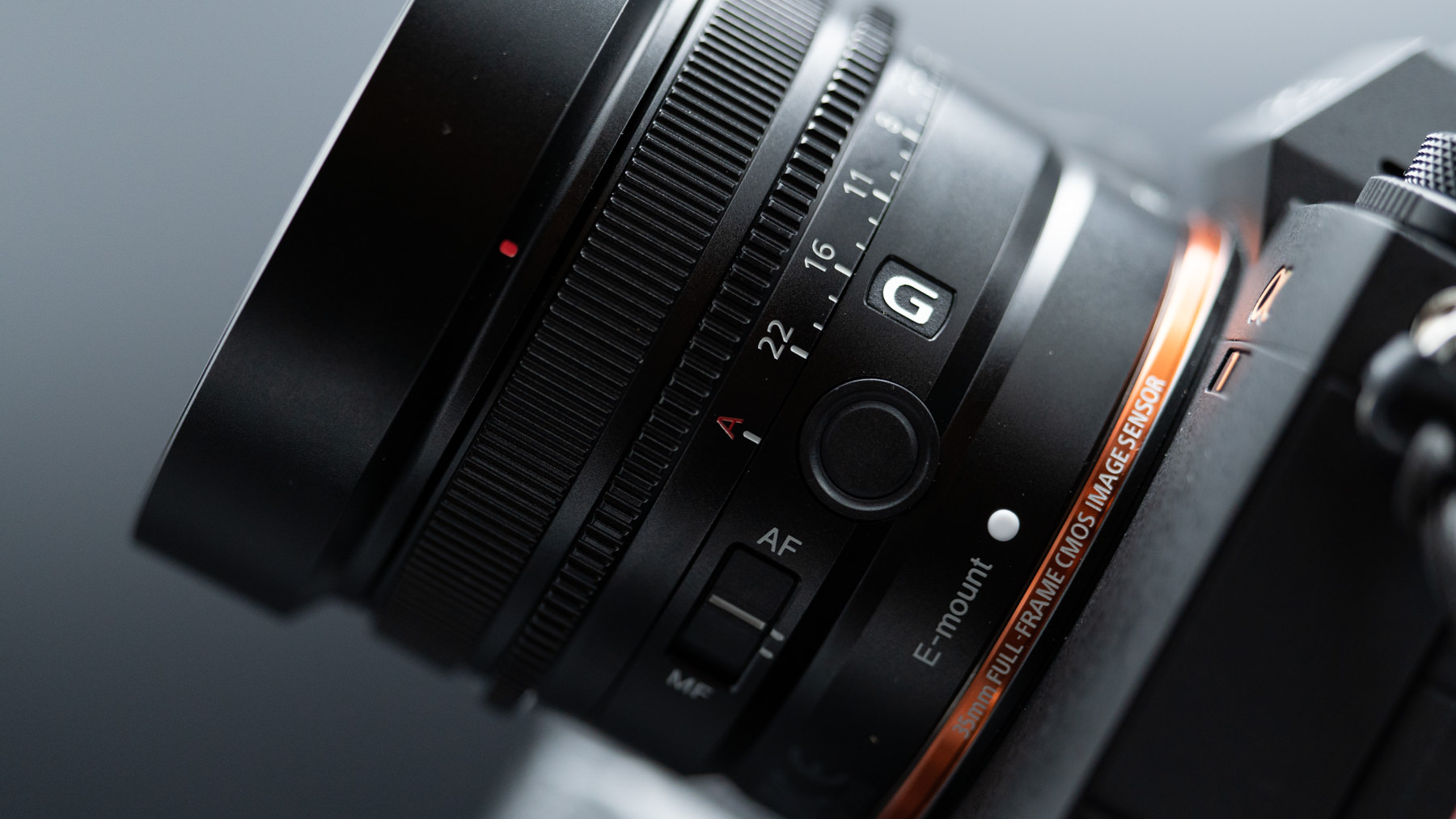
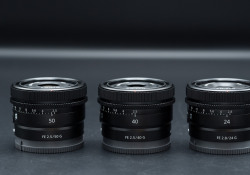
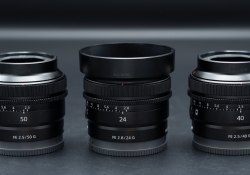
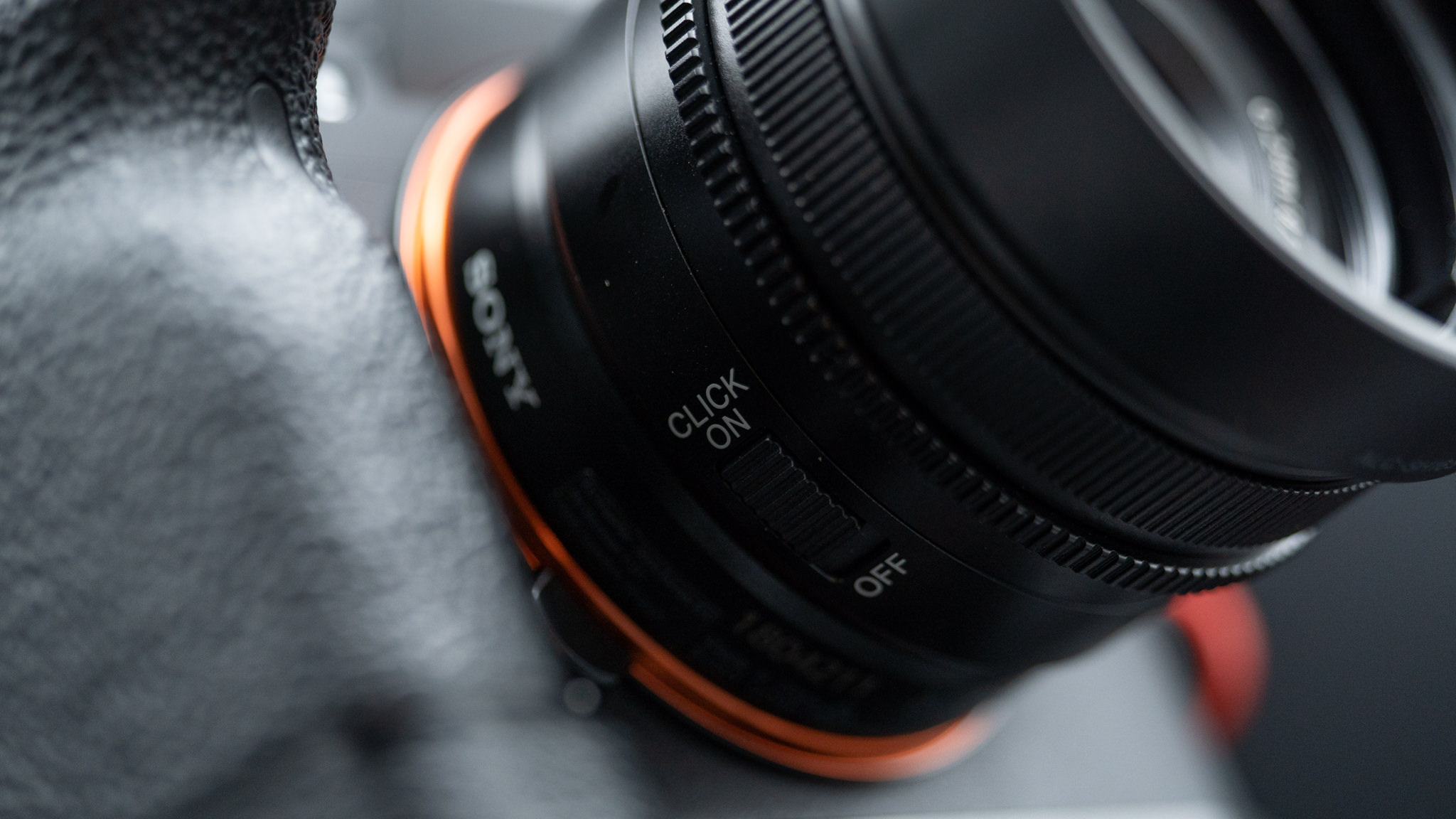
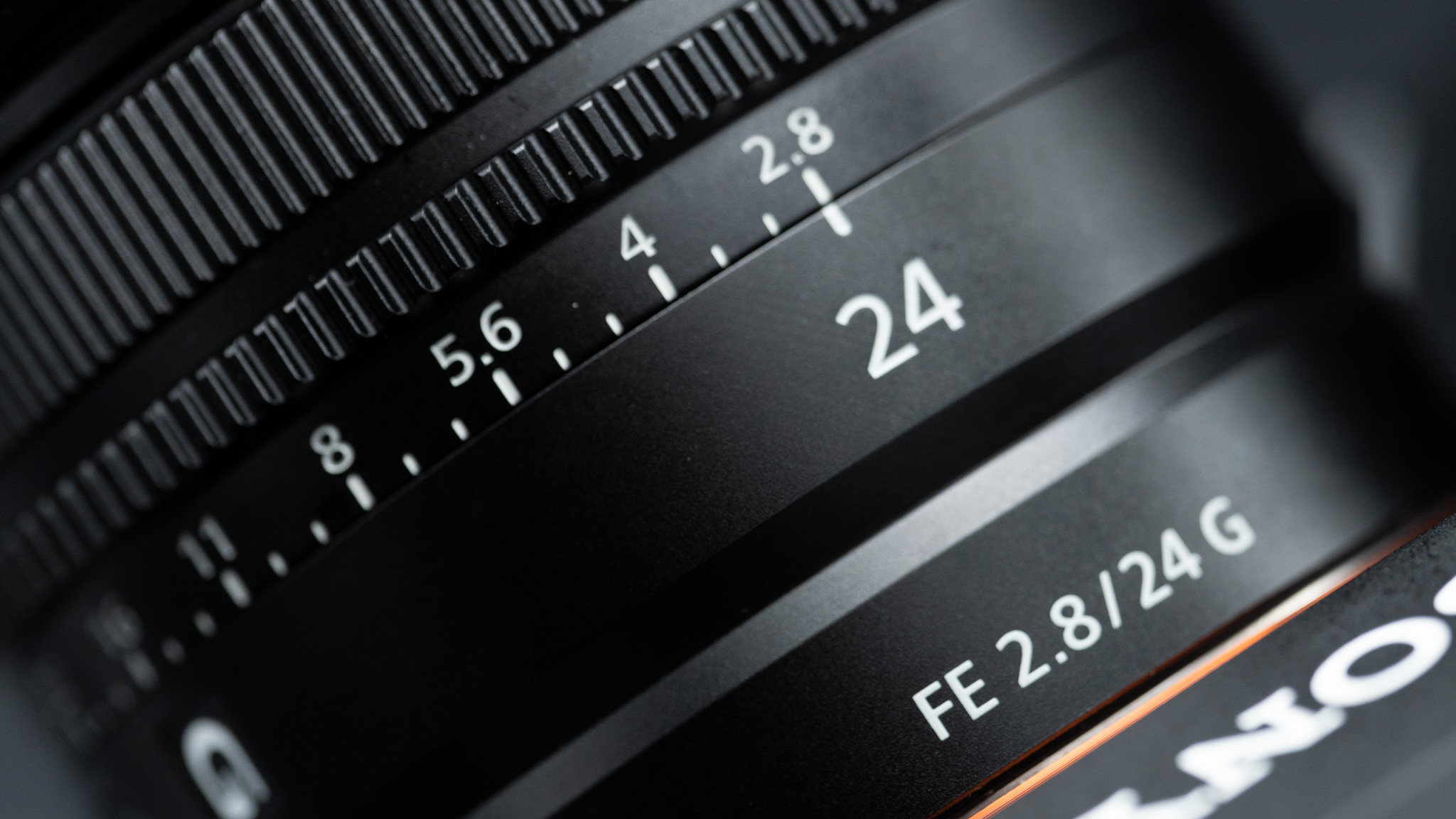
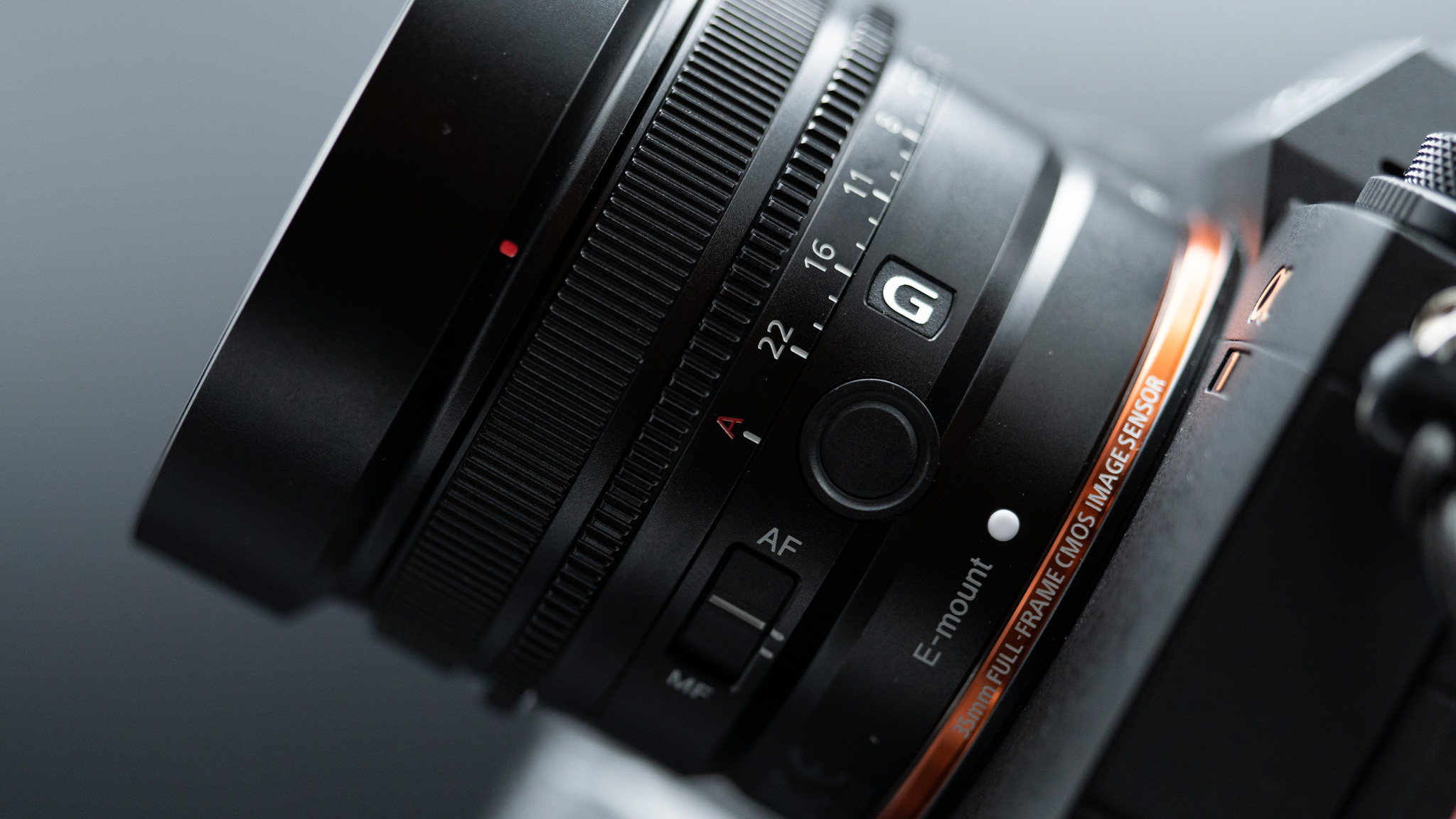
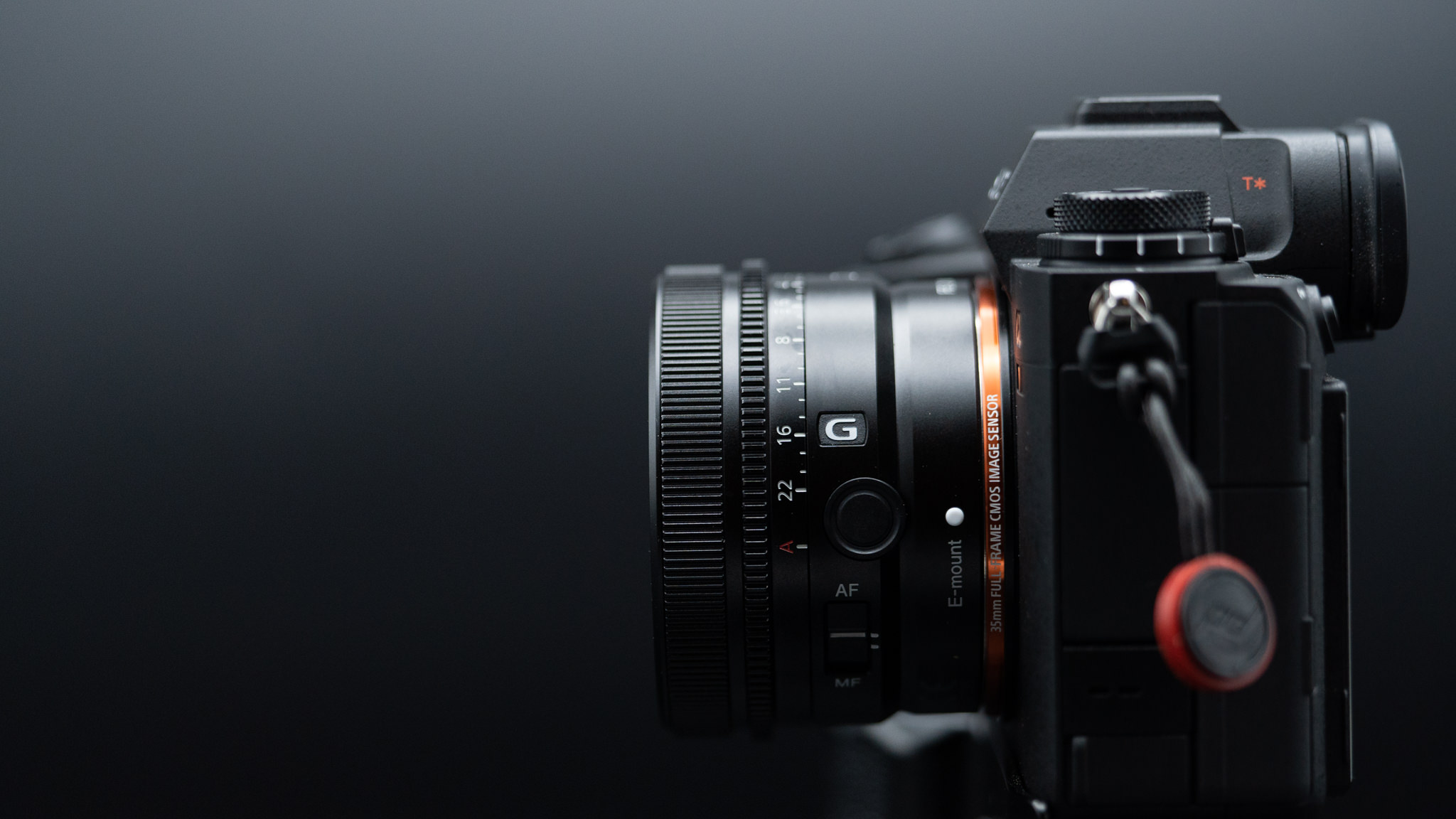
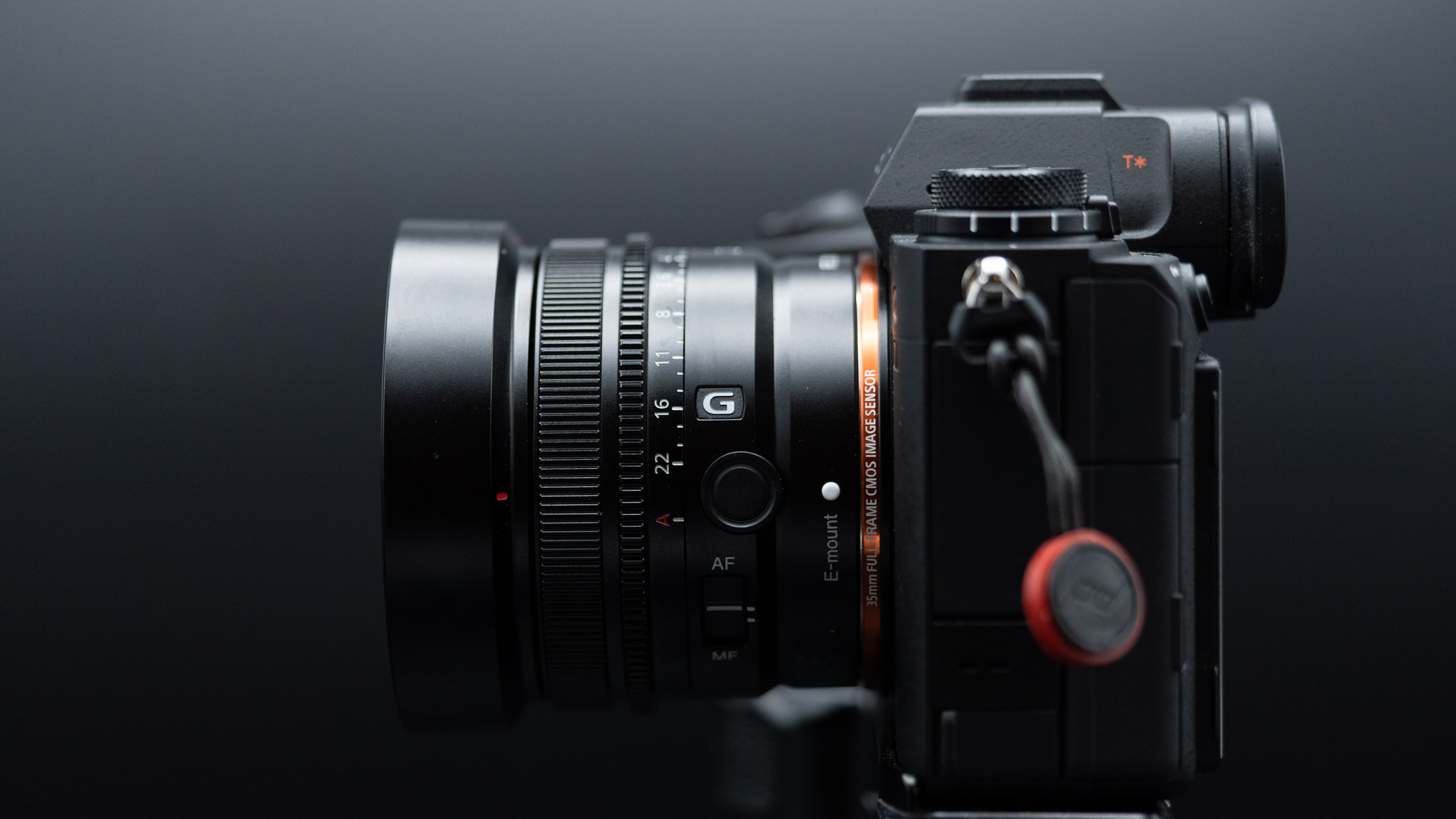


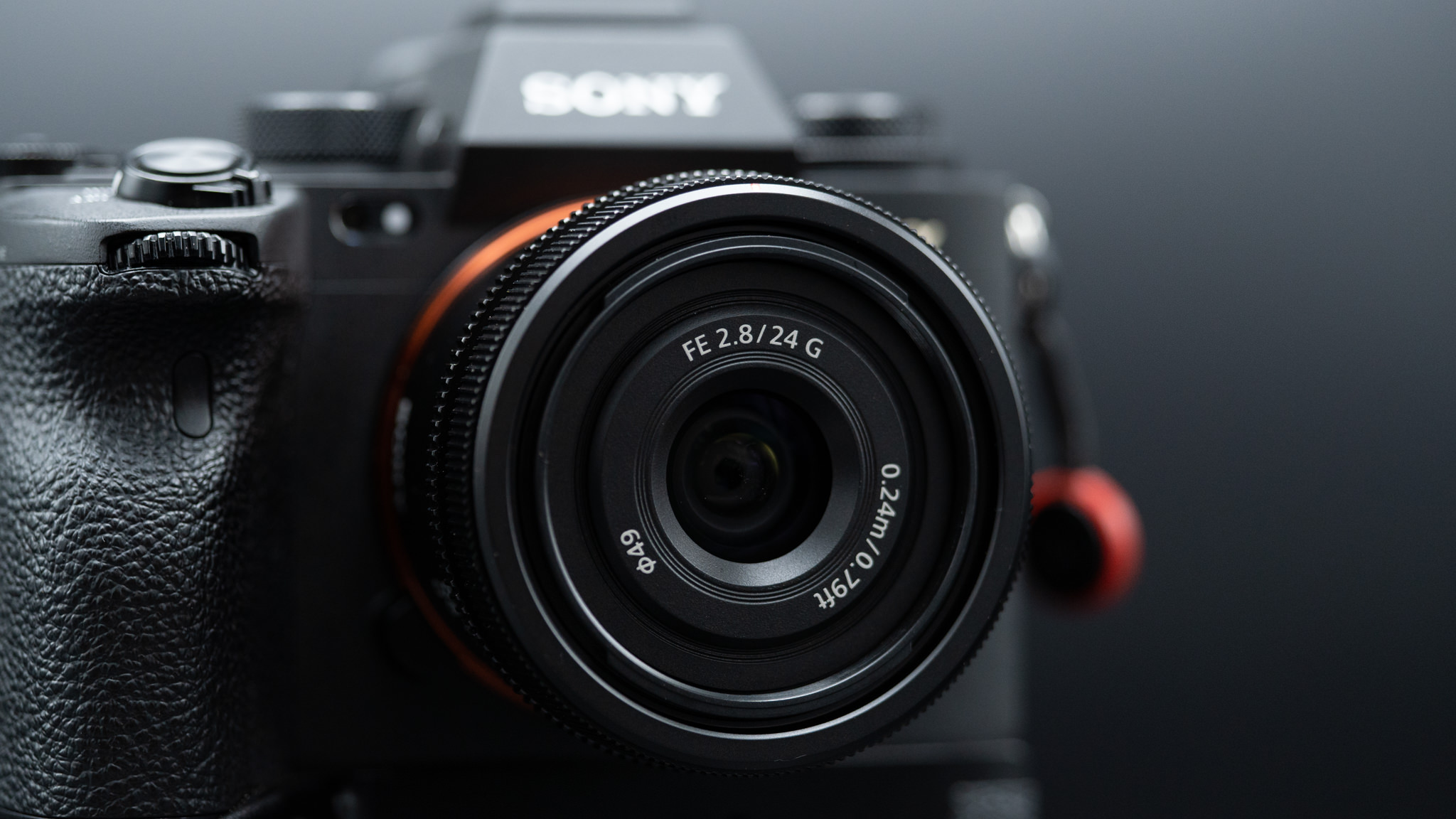








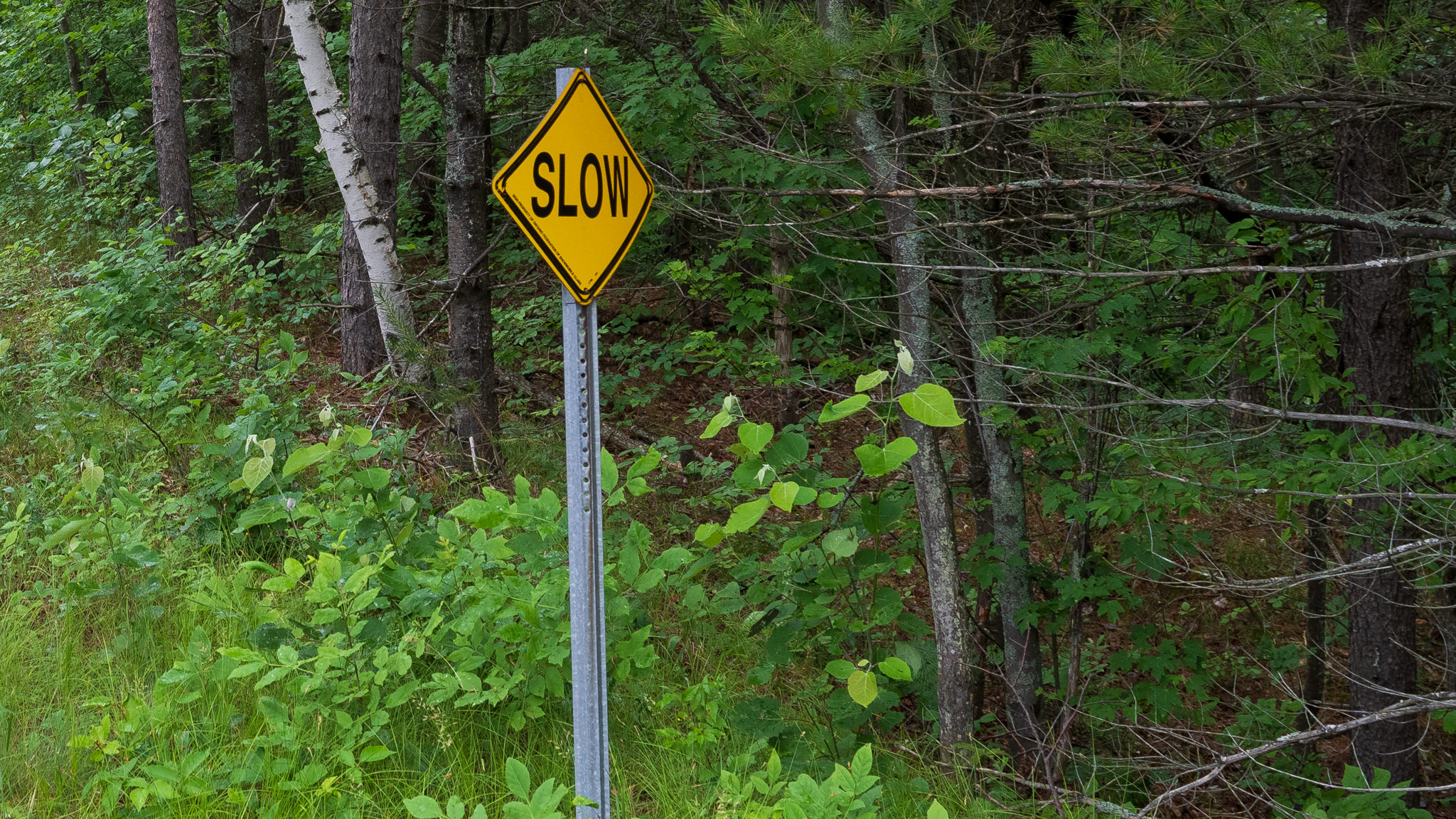
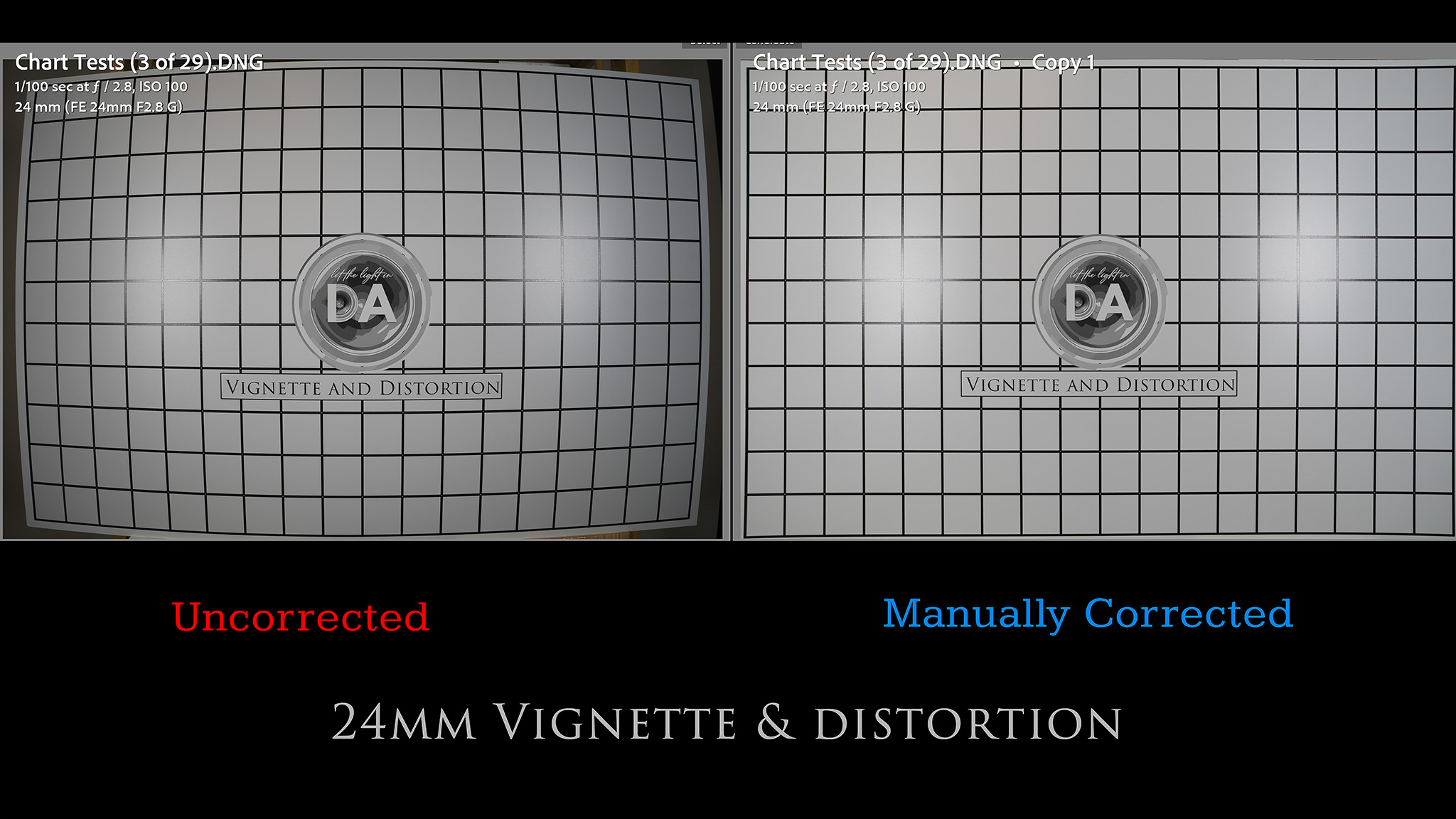
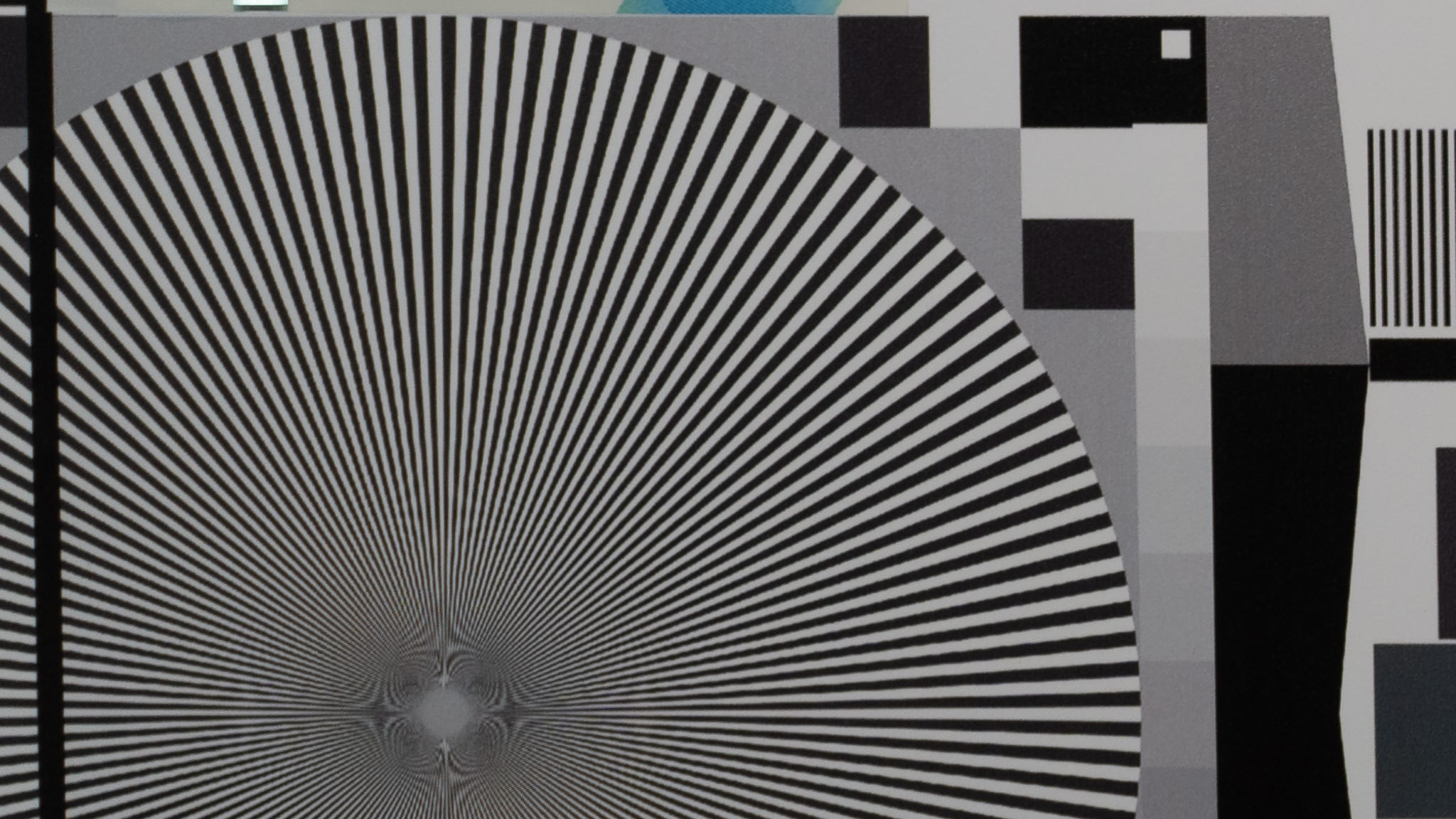
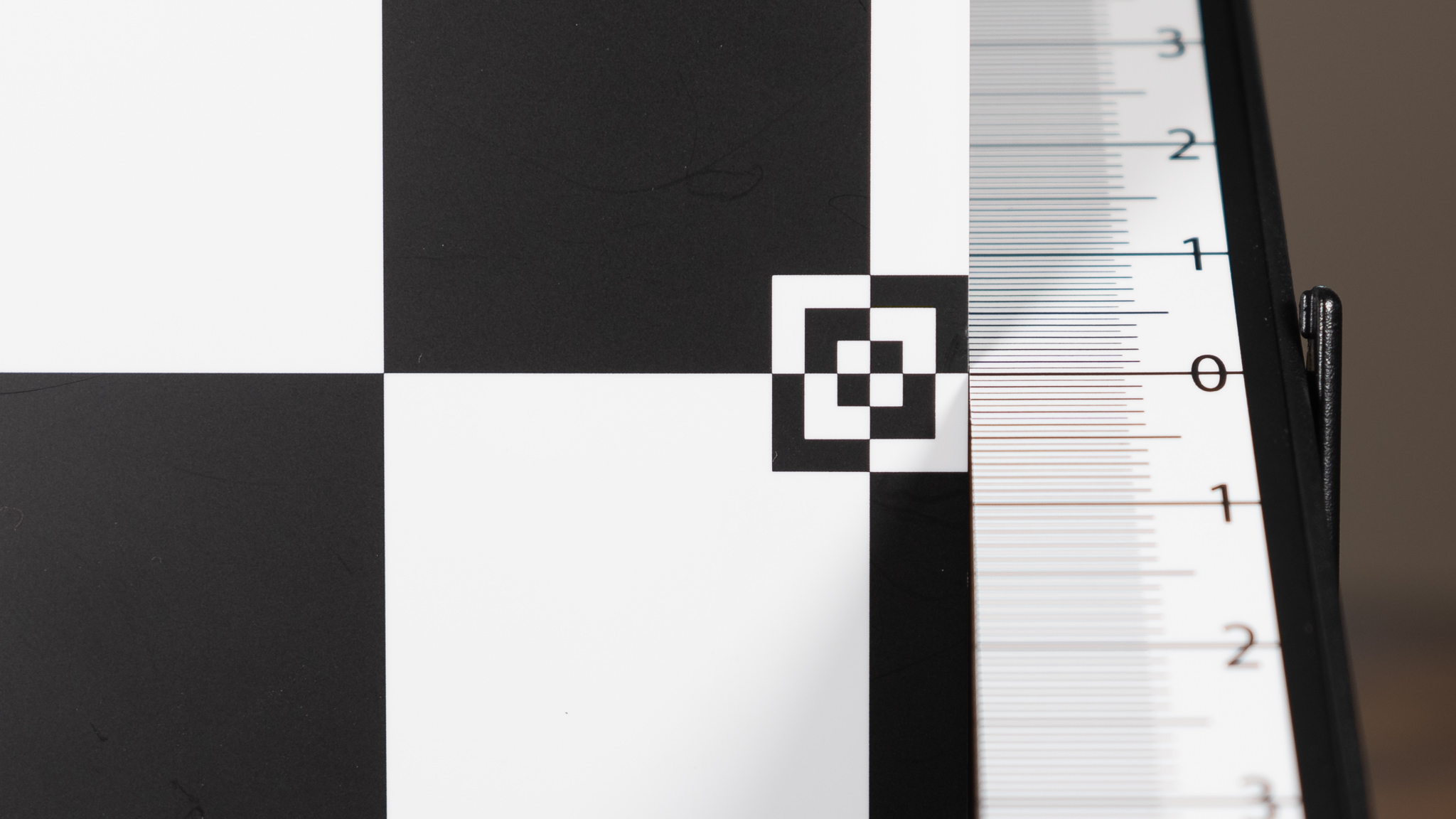







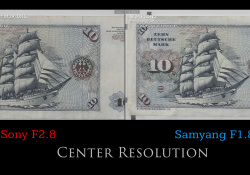

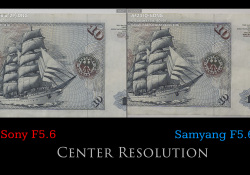


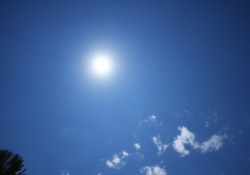

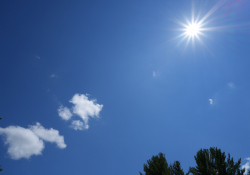


















 Sirui Sniper 75mm F1.2 Review
Sirui Sniper 75mm F1.2 Review  Sirui Sniper 75mm F1.2 Gallery
Sirui Sniper 75mm F1.2 Gallery  Tamron 70-300mm F4.5-6.3 RXD Z-mount Review
Tamron 70-300mm F4.5-6.3 RXD Z-mount Review  Nikkor Z 40mm F2 Review
Nikkor Z 40mm F2 Review 






One thought on “Sony FE 24mm F2.8 G Review”